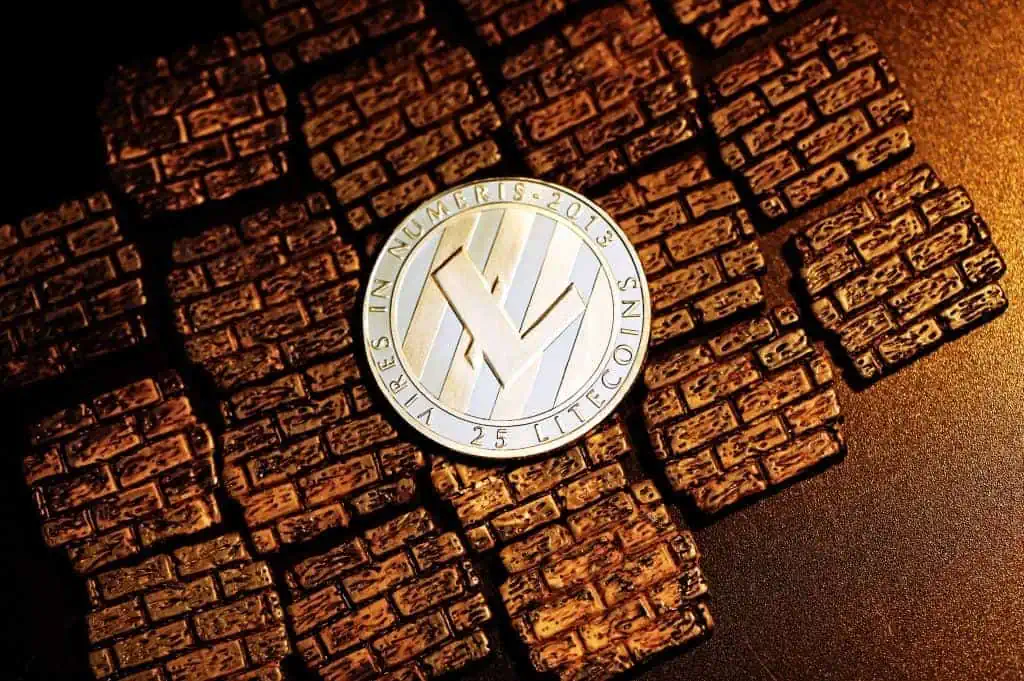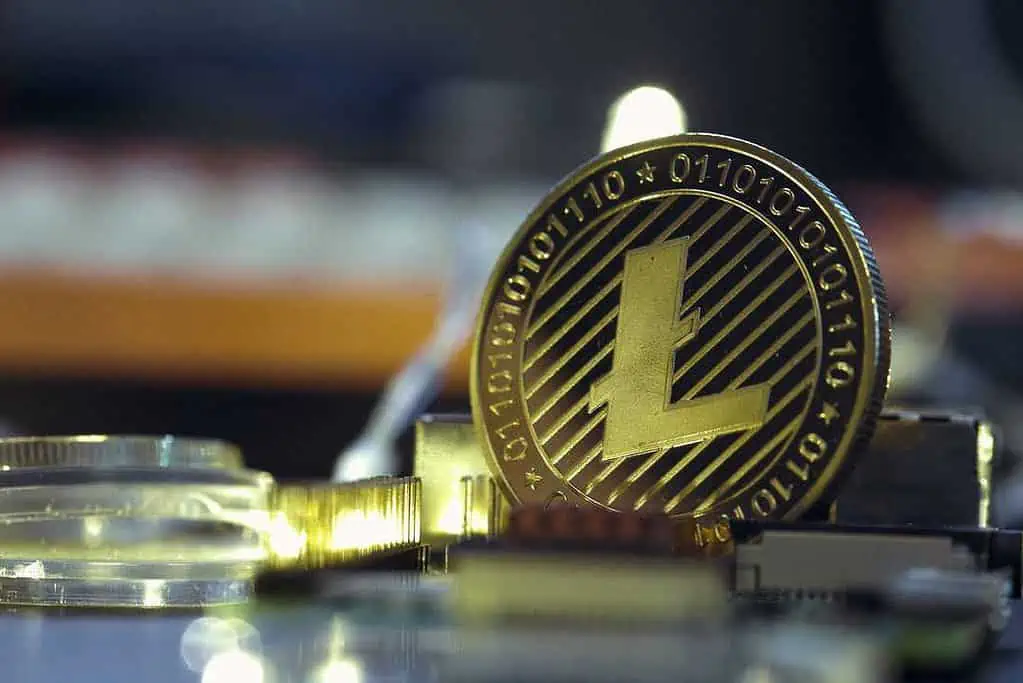Litecoin (LTC) is a cryptocurrency created in October 2011 by Charles “Charlie” Lee, a former Google employee. Litecoin was created using Bitcoin’s open-source code, with a few modifications. In this post, we will explain all you need to know about Litecoin Mining.
What Is Litecoin (LTC)?

Like Bitcoin, Litecoin is founded on an open-source global payment network decentralized and decentralized. Litecoin differs from Bitcoin in several areas, notably its faster block generation rate and use of the Scrypt proof-of-work algorithm.
It’s among the first cryptocurrencies to be built on Bitcoin’s open-source code. Instead of mining Litecoin if you are interested in buying it, you can buy litecoin with mastercard using the provided link.
What Is Litecoin Mining?
Mining Litecoin is similar to mining Bitcoin because it is a Bitcoin fork with a few adjustments and alterations to the source code. Litecoin, like Bitcoin, is a decentralized cryptocurrency in which the digital ledger is maintained by a network of nodes rather than a single company. As a result, there is no central authority to disseminate cryptocurrency worldwide. As a result, the distribution of coins has been designed to be decentralized.
Instead of a pre-mine, which would create the full stack of Litecoin units in one fell swoop before the network’s launch, the protocol issues and releases Litecoin pre-programmed. The so-called miners are the recipients of the newly created Litecoin units.
These crucial network players are the ones that perform the mining and get rewarded with money in exchange. The name “mining” is derived from removing valuable metals from the ground, as they, too, must be mined at a cost in terms of work and energy.
All About Litecoin Mining
While Litecoin miners pay fees and use energy, it is not a result of digging into the ground in quest of valuable metals. The energy used to mine Litecoin goes into dedicated computer machines, which power processors in a global competition to solve cryptographic challenges for a fee.
The miner who solves the riddle first and so outcompetes his competitors and gets to add a new block to the blockchain is awarded a block reward, which is a small amount of Litecoin.
Finally, miners are richly compensated for providing computational power to the Litecoin network, ensuring the network’s security for decentralized peer-to-peer transaction processing.
Understanding Litecoin Mining
Mining Litecoin is quite similar to mining Bitcoin. On a machine, computer, or device, a mining application runs. Mining is frequently described as a complex mathematical process; however, mining software generates encrypted numbers and letters at random to guess a value lower than the nonce—a two-digit arbitrary alphanumeric figure contained in the block’s hash—to think a value lower than the nonce.
A mining network is formed when miners are connected to the internet. Within a network of miners, there is no limit to the number of mining program users. Therefore, everyone trying to mine Litecoin is vying with all other miners in the network to solve the hash.
The first miner to guess a hash smaller than the blockchain protocol’s goal hash receives a 12.5 Litecoin price. With increasing hash difficulty, the reward changes.
How to Mine Litecoin

First, you will need to purchase hardware mining rigs and software to perform the mining operation. The current condition of the Litecoin mining network means that a single miner with one ASIC, a PC, or a laptop has no or very little chance of solving a hash and winning a reward.
With one or even two ASICs, you may still be unable to keep up with the mining network and massive farms and pools of miners.
The Litecoin Miner L7, for example, can mine at a rate of 9 GH/s, whereas a CPU can only mine at a rate of tens of thousands of hashes per second (KH/s). A mining pool can mine more than 120 TH/s.
To start mining Litecoin, you’ll need to buy an ASIC miner (or several) and link them to the internet. After that, you’ll need to join a mining pool, set up your miner according to the pool’s instructions (usually available on the pool’s website), and start mining according to your equipment, software, and pool.
You’ll also need to pick a wallet to keep your private keys. Wallets like Exodus, Electrum, and Mycelium could be used.
Selecting Mining Hardware
When looking at mining hardware or software for Litecoin, there are a few things to keep in mind:
● Your goals and expectations
● Price
● Energy use and cost
● Hashrate
● Whether to join a pool
Your Goals and Expectations
Most essential, you’ll need to figure out what you want to get out of mining Litecoin. You might wish to mine for extra spending money, or you might want to mine and save the Litecoin you earn as a treat. Whatever your motivation, you’ll want to make sure you’ll be able to get the results you desire before investing in costly hardware.
Price
F2Pool, a mining pool, keeps track of ASIC mining costs and earnings. TheLitecoin Miner L7 is one of the best Litecoin miners, but at $18,500, you’ll have to wait years to return your investment. Your investment will determine how productive and profitable you are as a miner.
You might be able to find secondhand ASICs for considerably less money, but be cautious because some of these computers have been put to many usages.
Energy Use and Cost
You should think about how much electricity an ASIC miner uses. The Antminer L7, a Litecoin ASIC miner, consumes about $10 in energy per day. Your annual energy expenditure would rise by about $3,500, significantly lowering your yearly profits.
Only the energy used to power the miner is included in this cost. ASICs generate a lot of heat while running, and they need to run 24 hours a day to be profitable. Unless you can discover a way to exhaust the heat outside your home, an ASIC will raise your cooling bill.
The mining reward for Litecoin is 12.5 Litecoins every block. On the Litecoin network, the average block mining time is two minutes and 20 seconds.
Mining Litecoin may be profitable if you have the right equipment and join a pool that splits profits somewhat.
The best and only way to be eligible for a reward is to purchase one or more ASIC miners made exclusively for Litecoin and Scrypt and join a mining pool. Otherwise, you won’t be able to compete due to a lack of hashing power.
